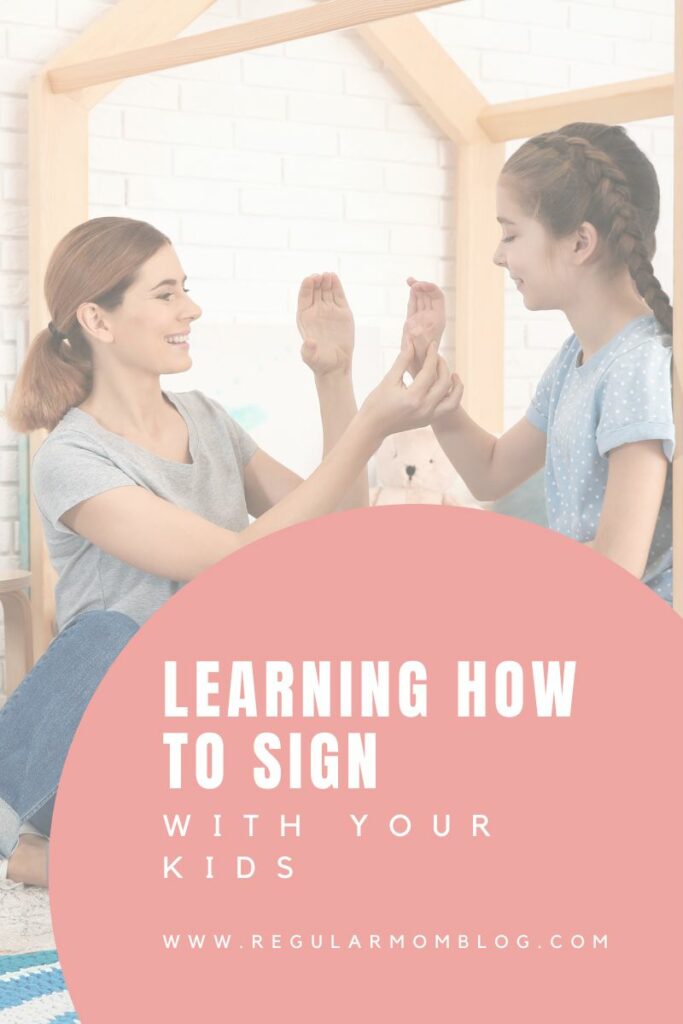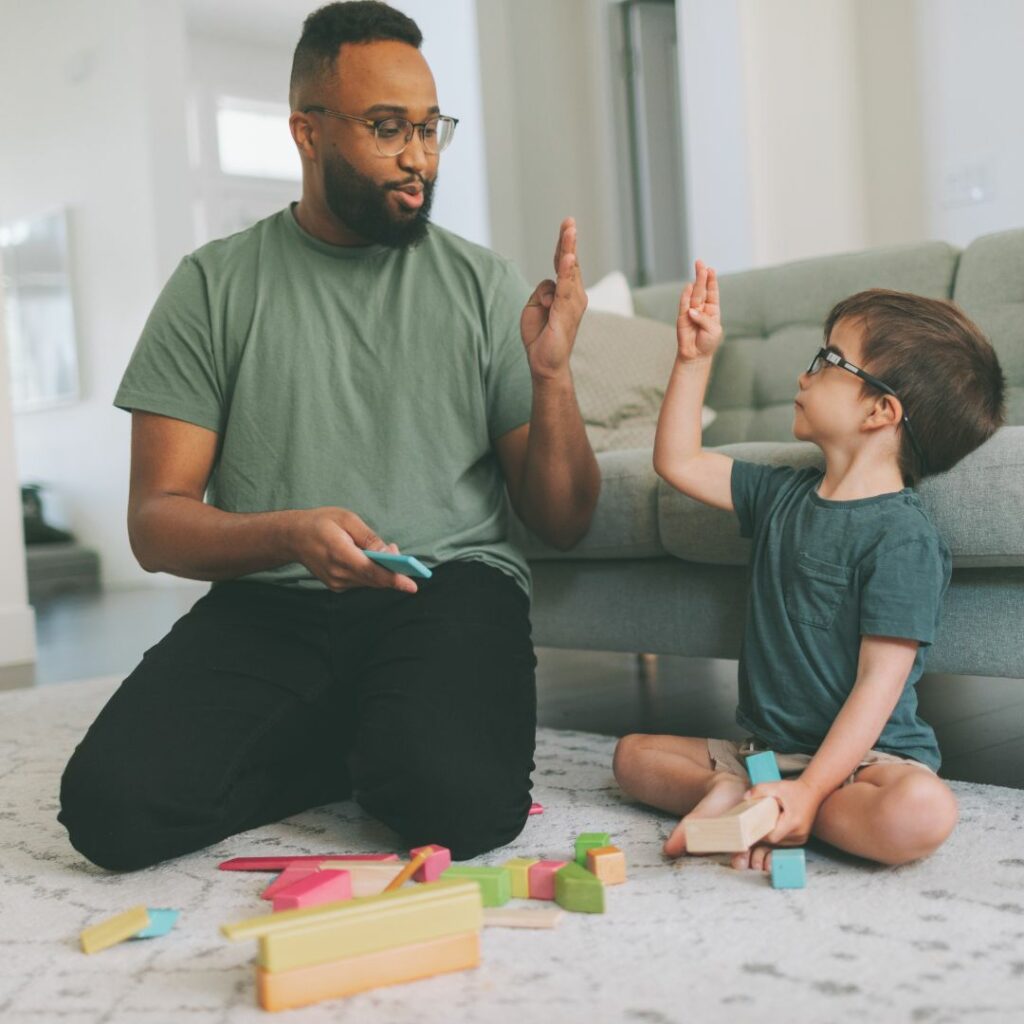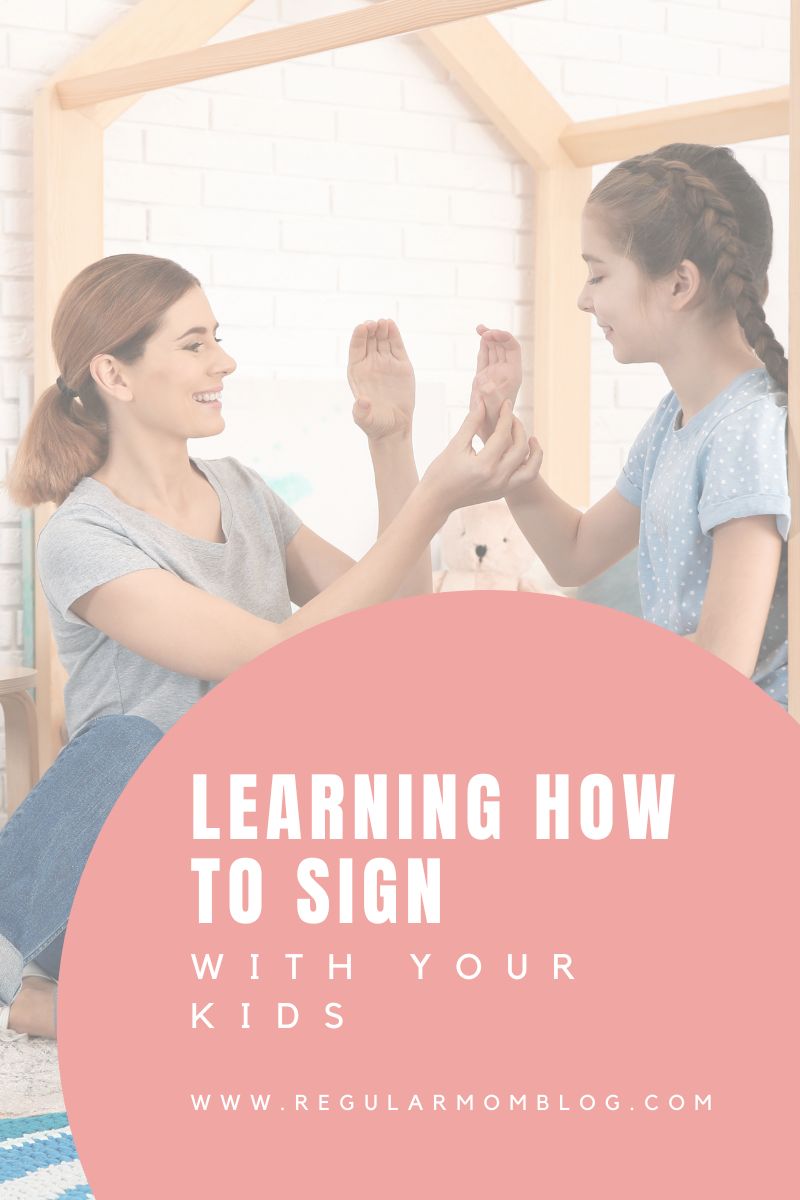school advocacy
It’s time to get clear on a language strategy for your child so that you can consistently practice language in your home and watch your child’s communication soar in less time!
Welcome!
Language Coach for Parents of kdis with hearing loss
I want to show you how to build better language skills at home so you can also parent with clarity and confidence!
Categories
hearing loss
sensory activities
sign language
1:1 Language Coaching
These are the kinds of resources that you will find on my blog!
Happy reading!
Learning How To Sign With Your Kids
July 7, 2023
Learning how to sign can be a life-changing experience. No only does it give your family a new skillset, but also opens up a world of communication with the Deaf and hard of hearing communities. It’s so easy to learn ASL at home with your kids when you incorporate it into your daily routine!
Learning ASL can be beneficial for increased communication for all kids with hearing loss, whether or not they are aided or have cochlear implants.
In our family we have been on a new journey of learning how to sign with our 5 year old. He experiences hearing loss even with his cochlear implants. We found that using ASL helps him communicate with us and his teachers better. It has also increased his spoken communication!
I thought it was going to be so hard and overwhelming to add learning ASL to our plate while having 3 young kids. As it turns out, I was surprised at how easy it is to actually start signing and communicating in ASL right away!

Sign language is a visual language that uses handshapes, facial expressions, and body language to convey meaning. It is a distinct language with its own grammar and rules!
Sign language varies between countries and regions, and not all deaf individuals use sign language as their primary mode of communication.
The importance of learning sign language cannot be overstated. It enhances communication, fosters inclusion, and ultimately breaks down barriers between communities.
At the very least, it wil help you communicate with your child with cochlear implants while you’re waiting for their speech communication to improve. The ability to communicate decreases tantrums and frusteration in little ones
Basic Concepts of Learning How to Sign
Have you recently considered learning how to sign? Or maybe you have a child with cochlear implants who could benefit from sign language? It may seem intimidating at first, but the basic concepts of American Sign Language (ASL) are actually pretty straightforward.
Similar to any other language, it has its own set of grammar rules and sentence structure. Don’t worry, they are easy to learn!
Instead of using words and letters, sign language uses hand gestures, facial expressions, and body movements to convey thoughts and feelings!
With a little bit of practice and patience, you’ll be amazed at how quickly you can pick up on the basics and also teach your child to start communicating from the first sign you learn!
A. Sign Language Syntax
When it comes to learning how to sign, one of the most important things to understand is sign language syntax.
Put simply, syntax refers to the order in which signs are arranged to convey a message.
It’s important to note that sign language syntax differs from spoken language syntax. In fact, spoken English and ASL are actually classified as two different languages!
For example, in American Sign Language (ASL), questions are often posed using a different facial expression, rather than a change in word order.
Sign language is also a visual and kinesthetic (movement) language that relies on motion, facial expressions, and body language to convey meaning.
Usually learning ASL is fun for kids because kids love to move and make different facial expressions. You can even start with mimicking facial expressions with your baby or toddler first, and then move on to introducing their first ASL signs.
Understanding these simple rules is crucial when learning how to sign, and the payoff of fluency in sign language is a more inclusive, empowering way to communicate for your entire family.

B. Handshapes and Fingerspelling
When learning how to sign, one of the basic concepts you’ll need to master is handshapes and fingerspelling.
These are the building blocks of sign language, and mastering them can help you communicate more effectively with people who are deaf or hard of hearing.
Handshapes refer to the various shapes that your hands can take when you’re signing different words and phrases.
Fingerspelling, on the other hand, is the act of spelling out words with your fingers.
These two concepts may seem simple at first, but they’re incredibly important when it comes to understanding and using sign language.
My all- time favorite app for learning ASL and practicing is ASL Pocket Sign. Download it on your phone and you will have ASL signs literally at your finger tips!

C. Facial Expressions and Body Language
Facial expressions and body language also play a crucial role in conveying the meaning of a sign.
The tilt of your head or the way you raise your eyebrow can completely alter the message you are trying to communicate.
Similarly, your body language adds emphasis or clarifies the tone of your signs.
Thankfully, once you start to get the hang of it, these nuances become second nature and you’ll be able to effortlessly convey your thoughts and emotions through sign language!
It’s a good idea to make these expressions obvious when teaching your little ones sign language so that they will pick up on the body language faster.
Classes for Learning ASL
A. Finding Sign Language Classes
If you’re interested in learning how to sign, there are a few options you can explore.
One popular way to start is to look for local sign language classes. Many community centers, schools, and colleges offer them.
These classes can range from beginner to advanced levels. Be sure to choose what suits your needs the best.
You can also opt to learn ASL online with online courses or a private instructor if you prefer to learn at your own pace. This is also a great option if attending physical classes isn’t feasible.
Whatever method you choose, remember to practice regularly and not be too hard on yourself.
Learning a new language takes time and effort. But, it’s also incredibly fulfilling and enriching!
B. Online Resources for Learning Sign Language
Learning how to sign can be a fun and rewarding experience, and the internet has made it easier than ever to get started.
With a plethora of online resources available, it’s possible to learn sign language from the comfort of your own home.
Whether you’re a complete beginner or looking to brush up on your skills, there are plenty of videos, lessons, and forums out there to help you master this beautiful language.
And the best part? You can go at your own pace, on your own schedule.
I have had a great experience with the American Society for Deaf Children. They have really good classes with instructors that walk you through learning ASL easily.
C. Self-Learning Strategies for Sign Language
There are many self-learning strategies you can use to become proficient in sign language.
First and foremost, immerse yourself in the language. Watch videos, attend classes, and practice with other learners.
Join online communities or forums where you can ask questions and get feedback.
Remember, just like learning any language, it takes practice and patience.
But once you start to master the signs and grammar, you’ll be amazed at how it opens new doors for communication with your kids!

Learning how to sign is an enriching experience that opens doors to a new world of communication and understanding for your entire family.
While there may be challenges along the way, consistent practice and immersion in the deaf community can help overcome them.
Moreover, learning how to sign not only empowers individuals and families with deafness but also contributes to a more inclusive society.
By doing so, we become more empathetic and compassionate towards those who communicate in different ways and foster greater connections and understanding among all people.
TEACH YOUR KIDS TO SIGN – LET ME SHOW YOU HOW!
More Resources to Learn ASL

tell me more!
tell me more!
@alemerinobranding.co
DESIGNED BY: ALE MERINO BRANDING CO.
COACHING
Navigation
PODCAST
ABOUT
HOME
Legal
PRIVACY POLICY
TERMS & CONDITIONS
Let's connect
EMAIL hello@raisingdeafkids.com
BLOG